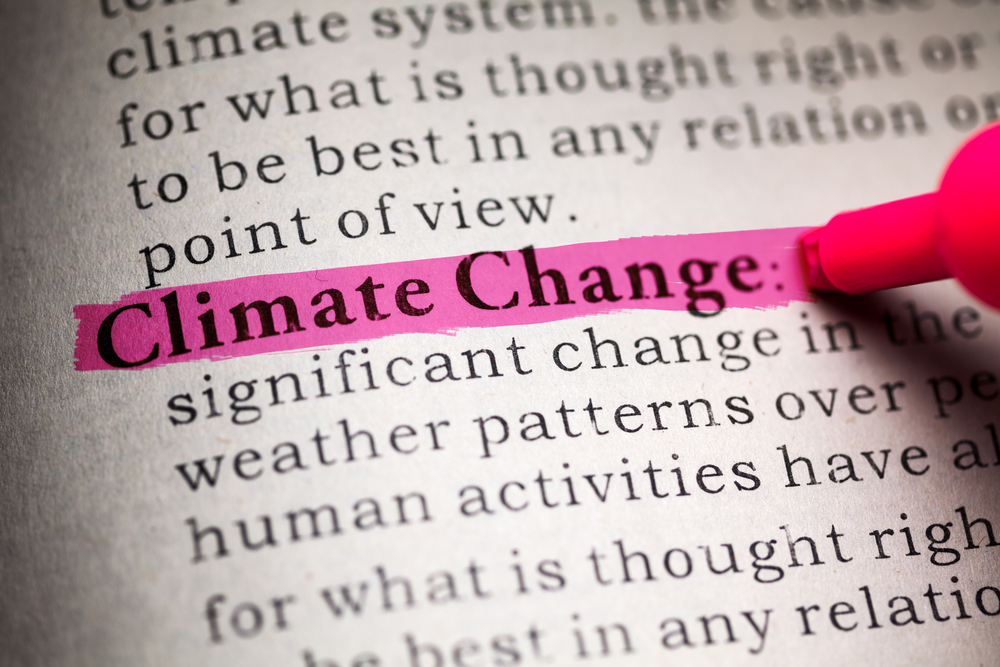The good news about climate change?
Last week, CDP unveiled its annual A List of “the world’s businesses leading on environmental performance,” as the nonprofit group explains. It’s a coveted honor for companies, as you can tell from the chest-beating corporate communications that followed: Las Vegas Sands Recognized as World Leader for Climate Change and Water… Hess Achieves Leadership Status in CDP’s Global Climate Analysis … Best Buy Named to Top Tier of Companies Fighting Climate Change … PMI Among Elite Group of Companies to Score A for Climate Change.
“Hailed.” “World Leader.” “Top tier.” “Elite.” You get the point. And there’s lots more where those came from. CDP itself audaciously called its A-List honorees the “world’s top green businesses.” Um, maybe.
CDP assesses a company’s environmental impact disclosure data against a scoring methodology that rates it on a scale of A to D, with A being the highest possible achievement. The scores assess the level of detail and comprehensiveness of a company’s reporting of its climate impacts, including its awareness of climate change issues, management methods and progress towards action taken on climate change as reported in the response.
To achieve A-List status, companies must obtain a minimum leadership score, submit a public response, pass a reputation risk and get approved by CDP, as well as meet additional requirements. Thirty U.S.-based companies made the grade, the most of any country, followed by Japan, with 25 top-scoring companies, and France with 22.
So, honor is due the 140 big companies named to the 2019 roster of A-Listers (down from 160 companies a year earlier). They represent just 2 percent of the 6,800 firms that submitted data to CDP, justifying those seemingly hyperbolic headlines.
But for all these companies’ commitments and achievements, they may be far too little, if not too late.
According to a recent analysis by Trucost of companies in the S&P 500 and S&P Global 1200, together covering about 70 percent of global market capitalization: “The gap between existing reduction targets and those needed to meet 2 degrees Celsius-aligned targets by 2100 is … currently at 16 percent of the necessary reductions by both U.S. and global companies.”
(That’s a sneak peek of one of the findings in our 2019 State of Green Business report, publishing Feb. 5. Click here to register for the free launch webcast.)
Such analysis is troubling, to say the least, and a wake-up call to companies that are just now — well, waking up to the risks that may be facing their facilities, operations and supply chains in a climate-changing world. It shows that for all of these companies’ efforts, and for all of the one-upmanship in climate leadership among companies in some sectors, it’s still just a sliver of what’s needed.
But another aspect of last week’s CDP report was worth pointing out: Companies are beginning to report how they may prosper from climate change. Such narratives sync up with the growing trend by companies to assess and disclose the impacts of climate change on their operations, facilities and markets — both the good and the bad. Most of the attention so far has been on the negative impacts — flooded facilities, interrupted supply chains and the like.
It turns out there’s also an upside to climate chaos. As Gizmodo reported last week:
Pharmaceutical giant Merck is planning on an expanding market for cures to “tropical and weather-related diseases including waterborne illness.” Google [is] seeing rising weather damages as an “opportunity driver could have a positive impact on our brands” like Google Earth. Home Depot is looking forward to selling more air conditioners thanks to more intense heat waves. Apple could gain $920 million in brand value — a half percent of Apple’s total — because of the flashlight, “find friends,” and various other benefits of an iPhone or Apple Watch during weather disasters. And Wells Fargo will be there after disaster hits. The bank “has the opportunity to provide financing to support” in the form of loans for efforts to rebuild.
Over at Axios, health care editor Sam Baker rummaged through the reports and found that climate change could be big business for Big Pharma.
Apple got more than a little attention for its disclosures. “Mobile devices can serve as the backbone communication network in emergency and quasi-emergency situations,” the company wrote. “They can serve as a flashlight or a siren; they can provide first-aid instructions; they can act as a radio; and they can be charged for many days via car batteries or even hand cranks. Over time, as people begin to experience severe weather events with greater frequency, we expect an increasing need for confidence and preparedness in the arena of personal safety and the well-being of loved ones.”
Apple said that its features such as “SOS,” which enables iPhones and Apple Watches to contact emergency services easily, could lead to “increased customer loyalty and demand.”
Whether an iPhone really can save the day remains to be seen, but Apple’s and others’ disclosures put an interesting spin on corporate climate strategy. As the private sector takes on the climate challenge with increasing vigor, it is seeing opportunity amid the risks.
And if those opportunities turn out to be significant, they just might entice more than a mere 140 companies to be top-tier, elite world leaders.
Flashlight, anyone?

